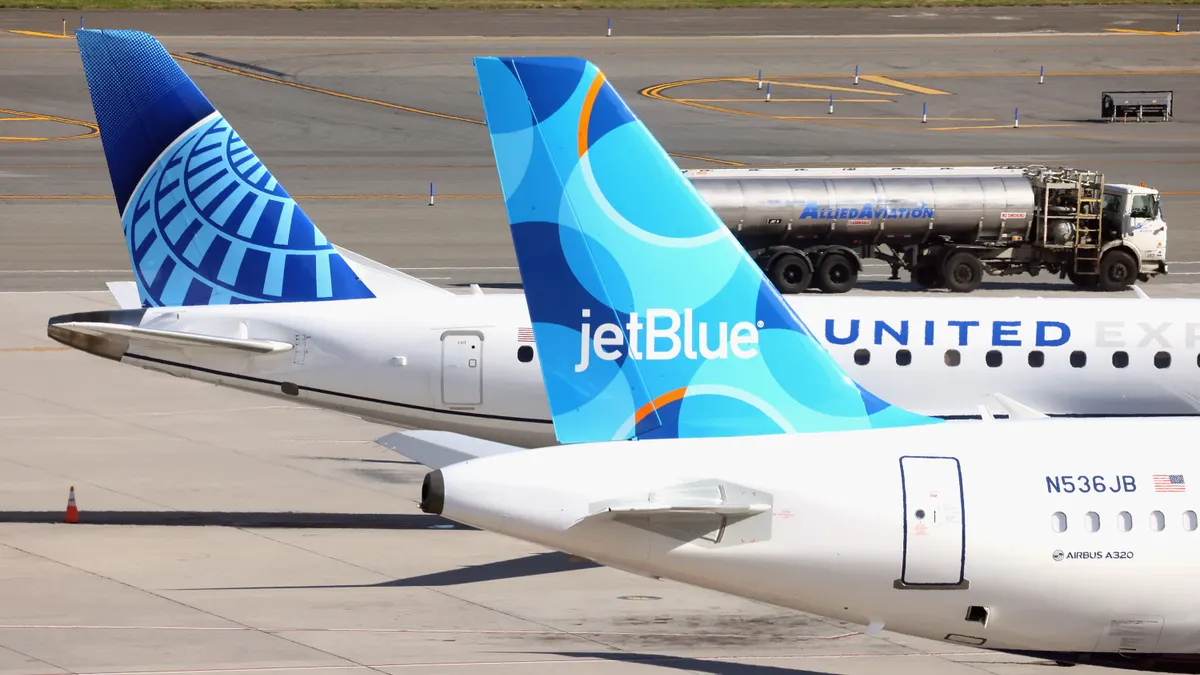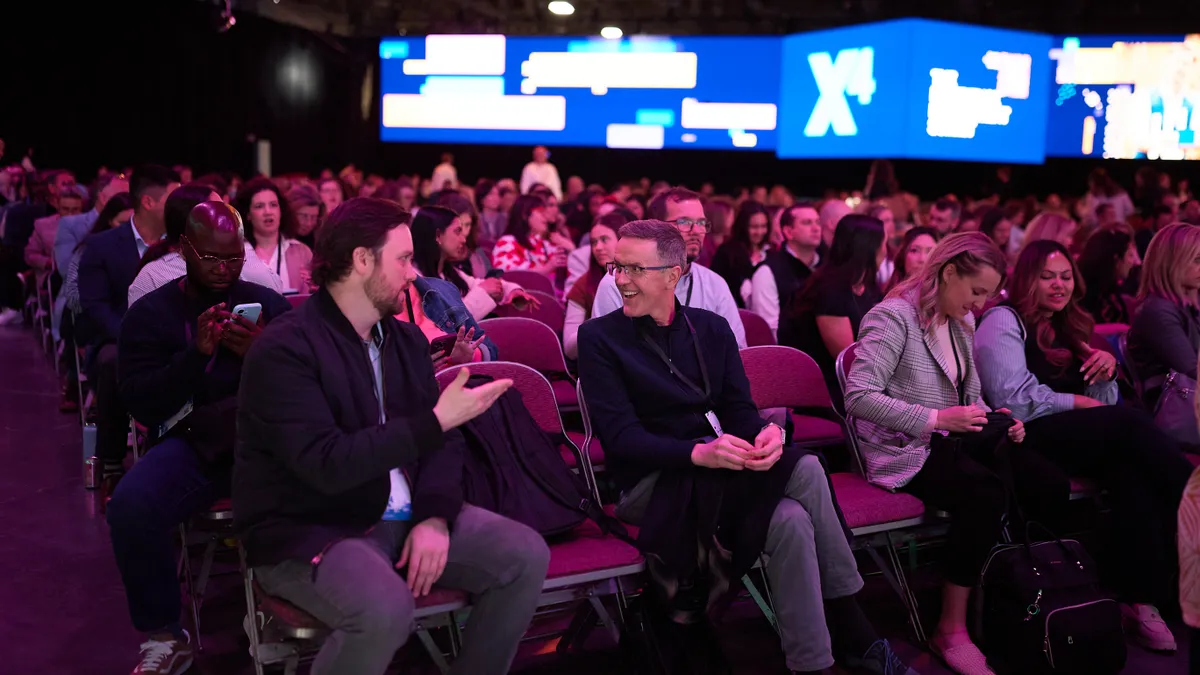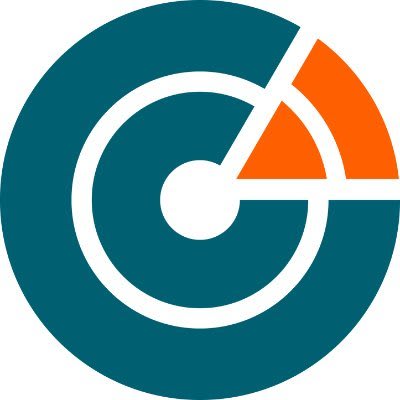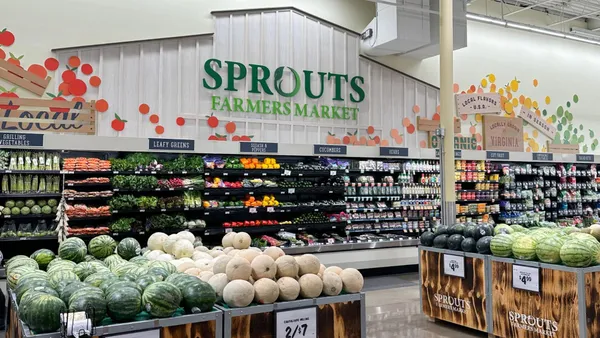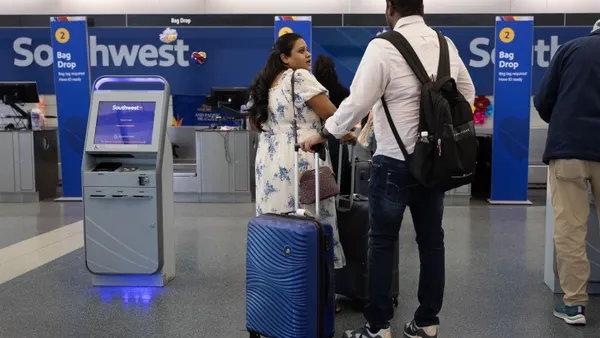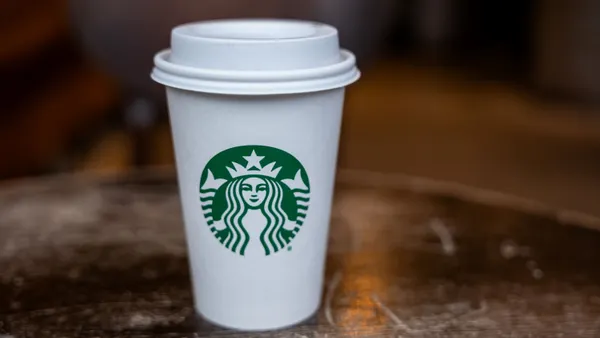Dive Brief:
- JetBlue Airways and United Airlines received approval from the Department of Transportation Tuesday for the joint loyalty program venture Blue Sky.
- Blue Sky, which was first announced in May, will begin rolling out new customer benefits this fall, JetBlue said in a press release. The two airlines designed Blue Sky to give customers more options to find flights and opportunities to earn and use United’s MileagePlus miles and TrueBlue points across both airlines.
- “As a reminder, this collaboration will benefit customers, increase the utility of TrueBlue and further strengthen each airline loyalty program,” JetBlue CEO Joanna Geraghty said on a Q2 2025 earnings call Tuesday. “Blue Sky will enable JetBlue to sell nearly all of its flights on united.com via traditional interline agreements and vice versa with the opportunity to earn and redeem loyalty points across each other's networks.”
Dive Insight:
JetBlue and United join a growing trend of brands launching loyalty program partnerships. Coalition programs are becoming more popular as brands look to reach new customers, cross promote and increase brand exposure.
The joint partnership is also expected to contribute an incremental $50 million in EBIT through 2027, Geraghty said on the earnings call.
As more brands across industries introduce loyalty programs, the competition to build loyalty is fierce, Ed Crouch, global loyalty leader at Boston Consulting Group, told CX Dive in May. Though Crouch did not comment on Blue Sky specifically, he said that partnerships “make a ton of sense.”
“Consumers these days are hitting many programs — 15 to 20 programs on average,” Crouch said. “And so it's really competitive for any loyalty program to get people, to engage people.”
A 2024 EY Loyalty Market Study found that 45% of corporate employees responsible for loyalty programs said they planned to create a rewards ecosystem in the next year.
“One of the programs can leverage their strength to support the other partner, and vice versa,” Crouch said. “Or a consumer, now they're going to get benefits across more than one brand, and so it gives the consumer less that they have to understand.”
Technology, too, has improved, making seamless integration a lot easier for brands to execute and redemption less cumbersome for consumers.
JetBlue and United, for example, plan on offering flights on each other’s website and app.
Customers of each airline will also be able to access the benefits of each airline’s loyalty program when they travel on the other, including priority boarding, complimentary access to preferred and extra legroom seats, and same-day standby or flight switch.
In the travel sector, JetBlue and United are not alone. Delta and Uber launched a partnership in April to expand the value of each other’s loyalty programs and make it easier for members to get rewarded.
“I think you're going to see more of these kind of loyalty plays come together into what almost starts to become a travel ecosystem,” Crouch said. “So if you're an individual traveler, you've now got a set of brands who have come together instead of only offering you one piece of your travel, they can offer you more components of it, wrapped with a consistent set of benefits because you're an important customer to not just one brand, but multiple brands.”



